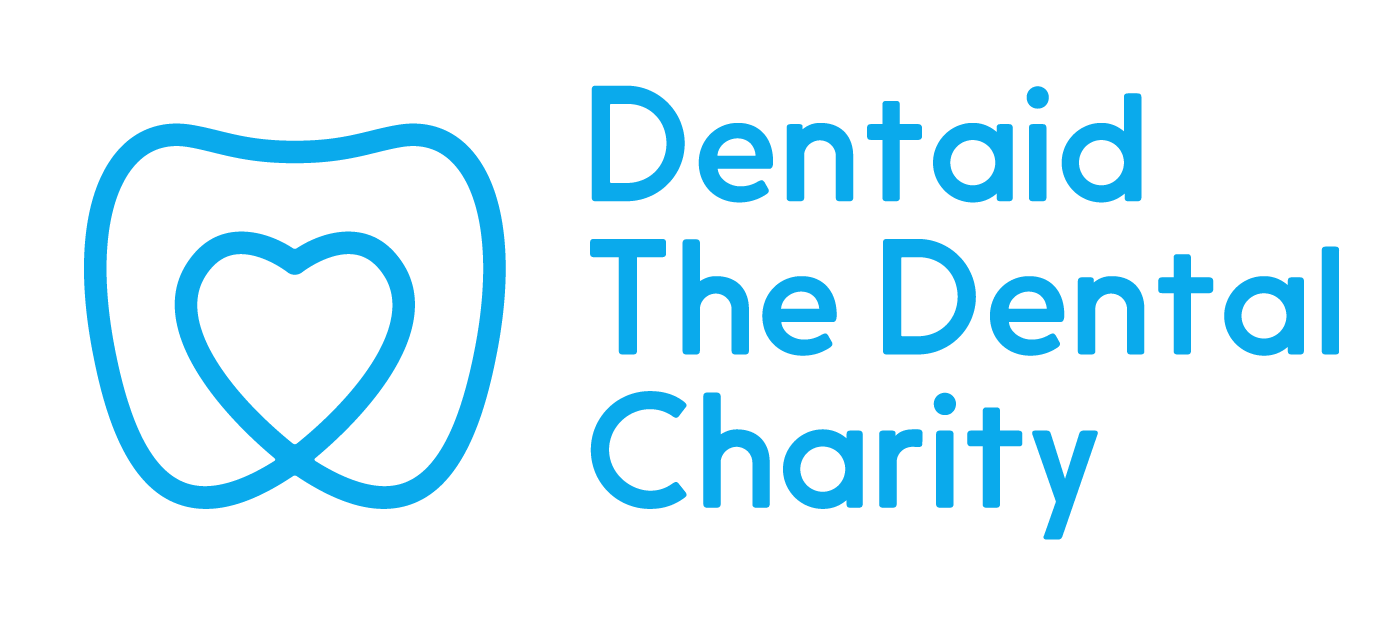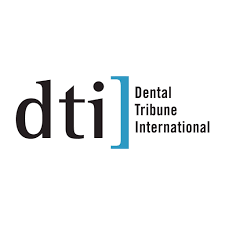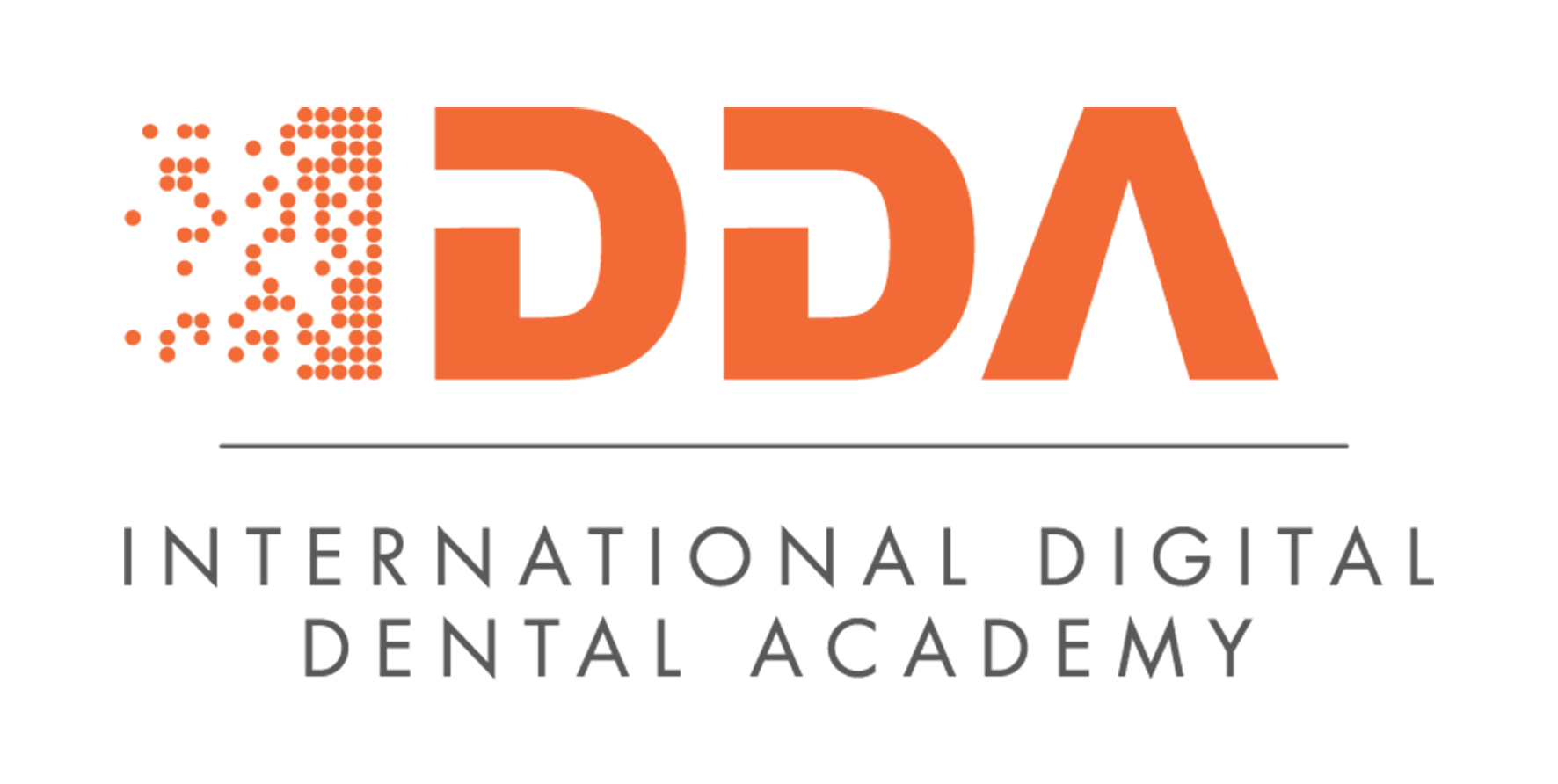The best time to deliver interproximal reduction
)
Farooq Ahmed is a consultant orthodontist at Guy’s and St Thomas’ NHS Foundation Trust and Northwick Park Hospital, and also practices privately in the West End and north London. We invited him to share his insights on how to achieve the best outcomes with interproximal reduction.
"As a consultant orthodontist, I have spent years navigating the complexities of orthodontics, striving to ensure optimal outcomes for my patients.
One of the most debated topics in our field is the appropriate timing and methodology for delivering interproximal reduction (IPR).
IPR, the process of slenderising teeth to create necessary space for orthodontic adjustments, has garnered attention, particularly with the rise of aligner usage.
But when exactly should we implement IPR? And what protocols should we follow to ensure its effectiveness?"
IPR or no IPR?
"IPR has become a cornerstone in contemporary orthodontic practices, both for aligners and fixed appliances. However, the planning and staging of IPR are often overlooked.
It's not a simple decision of whether to implement IPR, but rather how to do so in a systematic and patient-specific manner. Proper planning and staging are akin to preparing a full-mouth rehabilitation case; meticulous attention to detail is paramount. In my practice, I emphasise the importance of having a robust protocol for IPR. This protocol helps determine the appropriate quantity of IPR and the best tools to use in clinical practice.
Unfortunately, IPR is often treated as an afterthought, overshadowed by the primary focus on moving teeth. However, successful orthodontic treatment hinges on the seamless integration of IPR and tooth movement. This is a key topic I cover in my educational courses."
The demand for IPR
"Not every patient is suitable for IPR. The decision depends on several factors, including the anatomy of the patient’s teeth and the required degree of movement. One of the most disheartening outcomes is seeing residual spaces after IPR, a reminder that it's an irreversible process with no enamel regeneration. This underscores the necessity of following a well-defined protocol to avoid such scenarios.
Aligner companies often drive the demand for IPR, utilising AI-driven or algorithmic plans to calculate the necessary amount. However, these plans can be fraught with errors, from inaccurate scans to systematic undersizing of teeth during digital manipulation. This misalignment can lead to over-delivery of IPR, exceeding clinical needs and potentially compromising patient outcomes.
The timing of IPR is also crucial. It should not be confined to a single stage or visit. Instead, it should be a continuous process: planning at the beginning, reassessing mid-treatment, and addressing any residual needs at the end.
This staged approach maximises the effectiveness and safety of IPR, ensuring it is delivered in a reliable and anatomically sound manner."
Risks
"Long-term risks associated with IPR, such as enamel reduction leading to dentine exposure, potential sensitivity, and increased risk of caries, are often cited concerns. However, it is essential to differentiate between mechanical enamel removal and demineralisation due to caries.
Research indicates that mechanically removed enamel can remineralise and become resistant to carious processes, provided that the IPR is conducted following strict protocols. Long-term studies have shown no increase in caries, periodontal health issues, or sensitivity when IPR is done correctly."
How to find out more
"At this year’s Dentistry Show London, I will delve into these aspects of IPR. The focus will be on the clinical methods and the often-neglected planning stages of IPR. I will share my protocols for delivering IPR safely and effectively, discussing how to utilise the space created by IPR to achieve optimal orthodontic outcomes. This comprehensive approach ensures that IPR is not just about creating space but also about how to use that space effectively.
For those interested in learning more, I conduct courses on IPR twice a year, details of which can be found at www.iprcourse.com. Additionally, I am active on social media platforms like Facebook and Instagram (@farooqorthodontist), where I share insights and updates.
I invite you to join me at the Dentistry Show London on October 4 and 5 at the ExCeL London. Together, we can explore the intricacies of IPR and ensure we are delivering it in the safest, most effective manner for our patients."

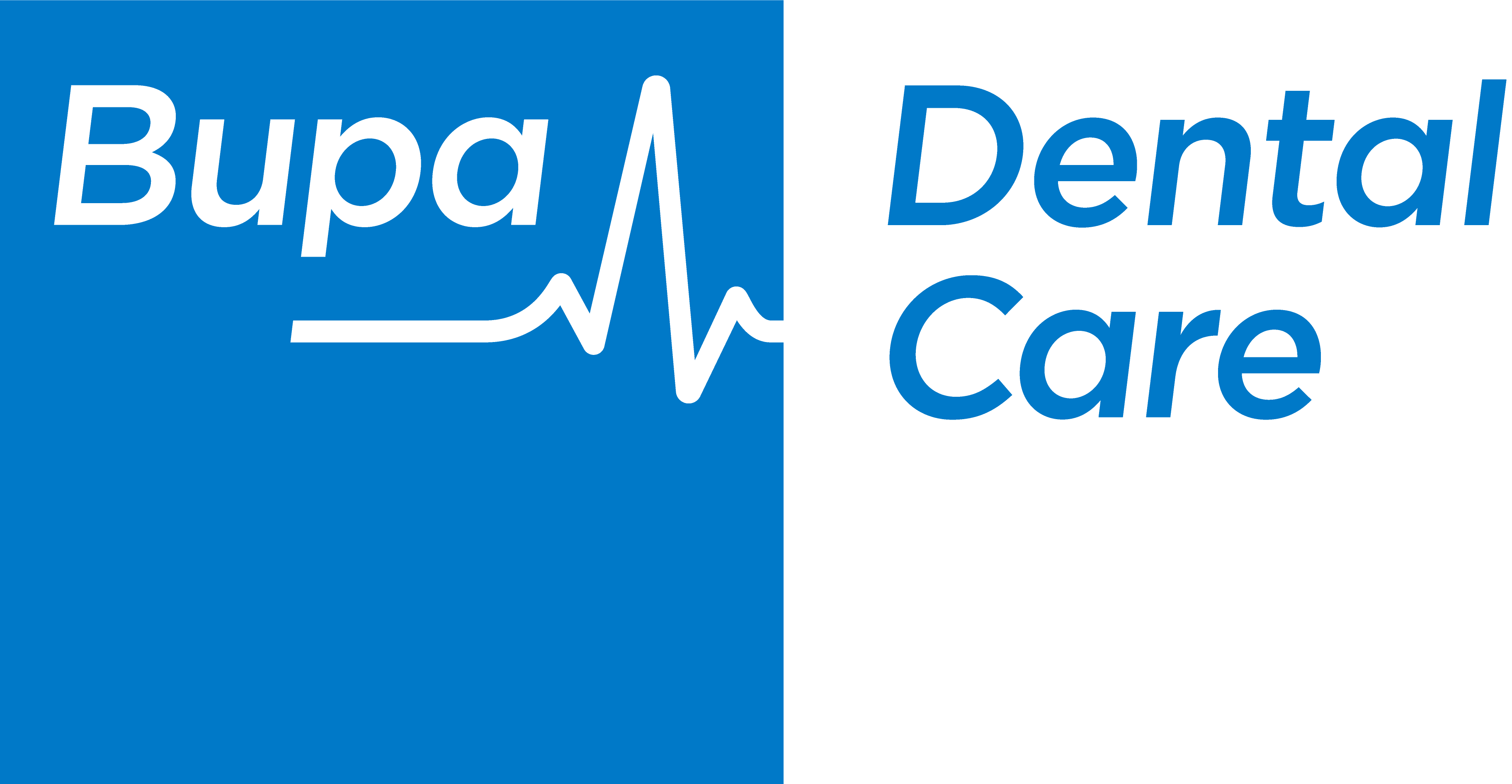


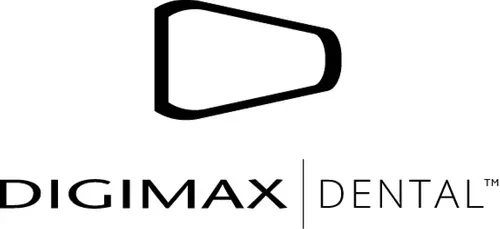

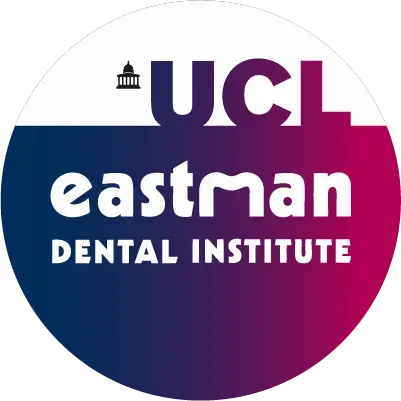
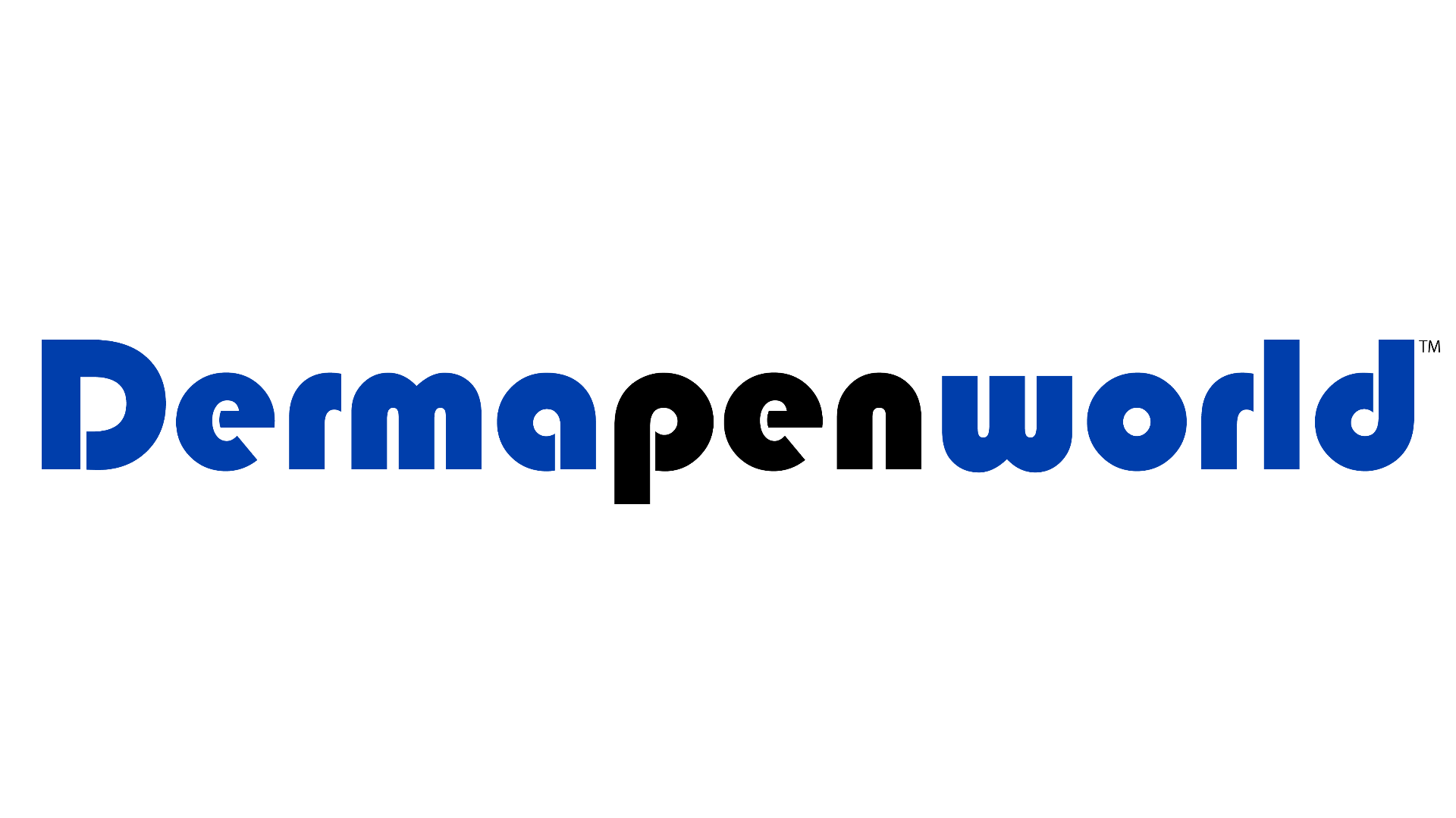


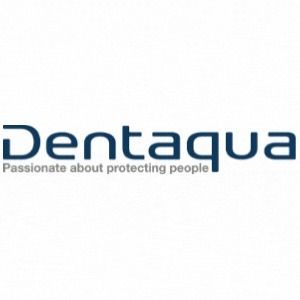






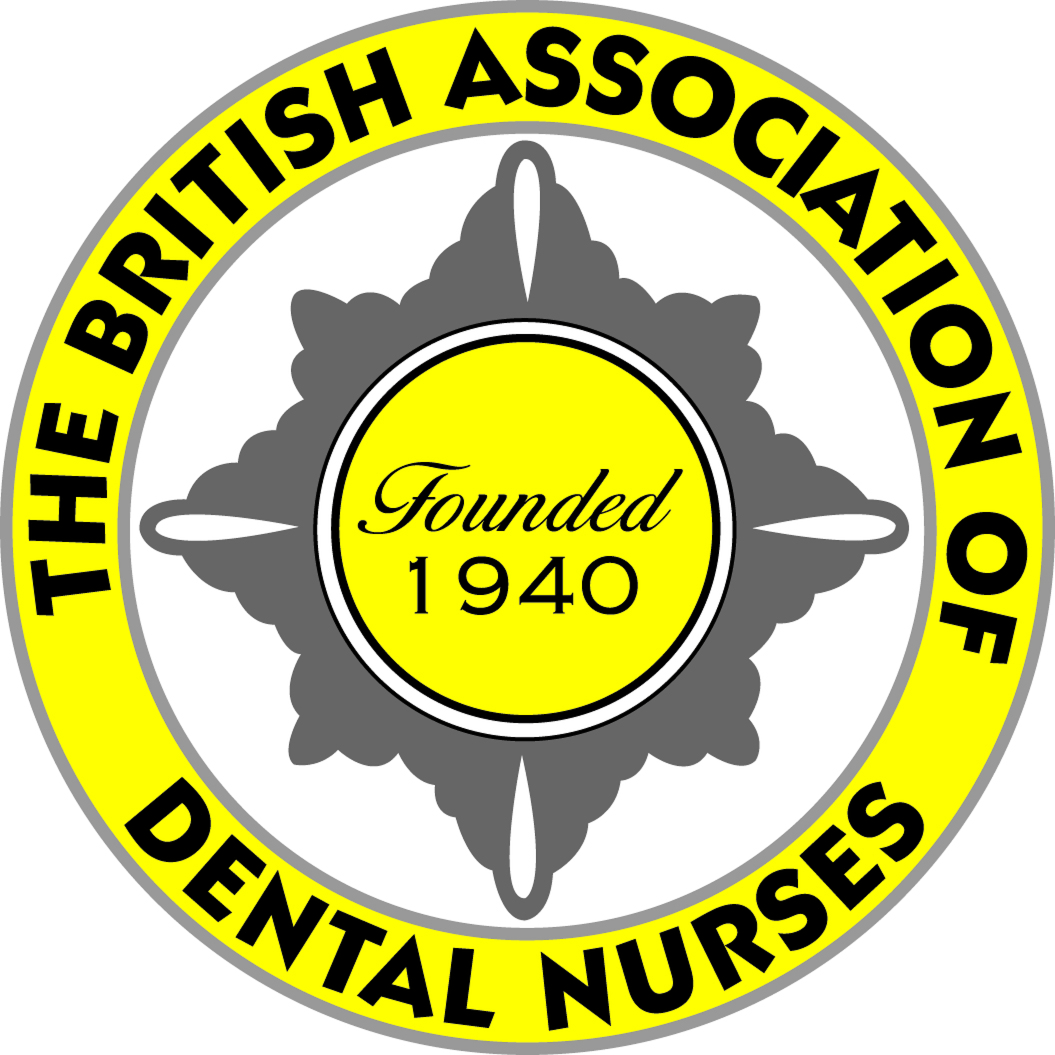
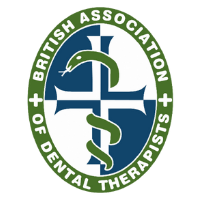

.jpg)


